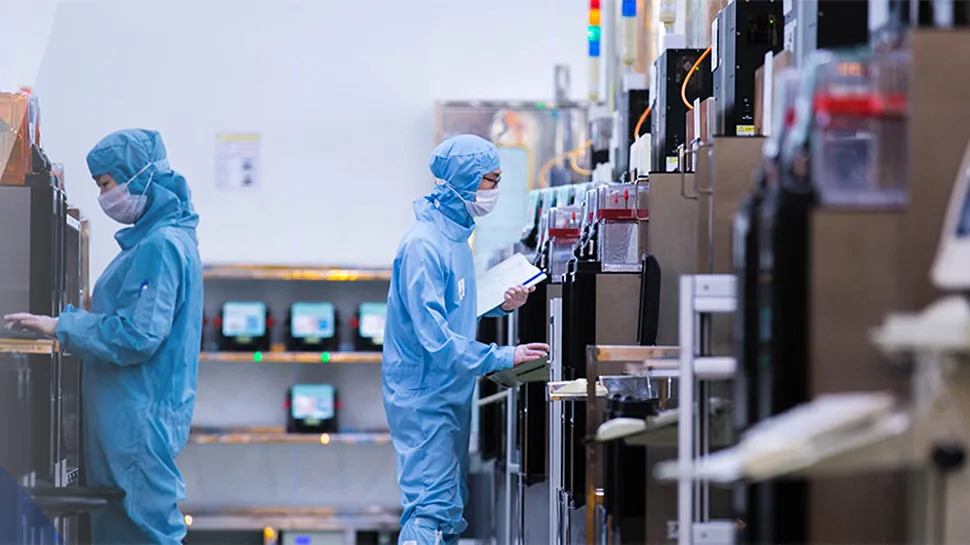Chinese province sets up $1.5 billion chip fund to boost local semiconductor industry

Guangdong province in China has set up a new ¥11 billion ($1.5 billion) fund to boost its semiconductor industry, continuing China's regional chip fund trend. Shanghai started its chip fund back in 2016, and now has ¥28.5 billion ($4.02 billion) in it. These local efforts across China show how serious the country is about building a self-reliant chip industry — and they are all in line with the goals set by the federal government, according to a report by the South Central Morning Post.
SMIC.
The new fund is called the Guangdong Semiconductor and Integrated Circuit Industry Equity Investment Fund Phase II. It follows the first phase, which launched in December 2020 and put ¥10 billion ($1.41 billion) into various chip projects in Guangdong. Both funds are designed to fund local semiconductor initiatives, although authorities of the region do not list projects that the funds have financed.
Money for the Guangdong fund comes mainly from the Guangdong government's Guangdong Yuecai Holdings, which owns over 90% of the fund. There's also cash coming in from Dongguan and Zhongshan, two cities that each have a 4.5% share.
Guangdong's chip fund is a local version of something bigger: the China National Integrated Circuit Industry Investment Fund (the "Big Fund"). The Big Fund has been around since 2014 and has pumped loads of money into China's chip industry — despite some issues with corruption. It started with more than ¥138 billion ($19.462 billion), and grew even bigger in 2019 with over ¥200 billion ($28.2 billion) in its second phase.
One of the peculiarities of Chinese funding of semiconductor projects is that the cash comes from multiple sources, including the Big Fund, local governments, and banks — some of which are government controlled. SMIC, China's foundry champion, for example, does not own many of the fabs that it operates.
On one hand, such an approach greatly simplifies establishing new semiconductor fabrication facilities and ensures that companies such as SMIC are producing chips needed by local companies. On the other hand, this does alter SMIC's business model, which differs substantially from other foundries as the company does not have to follow typical CapEx depreciation schedules.
- Questions and Answers
- Opinion
- Motivational and Inspiring Story
- Technology
- Live and Let live
- Focus
- Geopolitics
- Military-Arms/Equipment
- Ασφάλεια
- Economy
- Beasts of Nations
- Machine Tools-The “Mother Industry”
- Art
- Causes
- Crafts
- Dance
- Drinks
- Film/Movie
- Fitness
- Food
- Παιχνίδια
- Gardening
- Health
- Κεντρική Σελίδα
- Literature
- Music
- Networking
- άλλο
- Party
- Religion
- Shopping
- Sports
- Theater
- Health and Wellness
- News
- Culture


